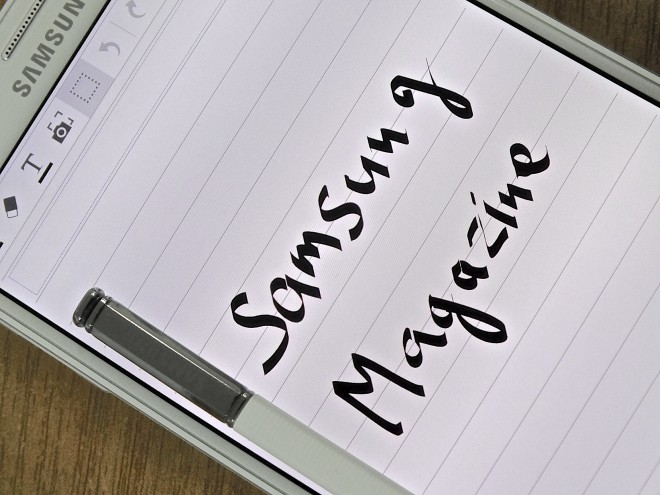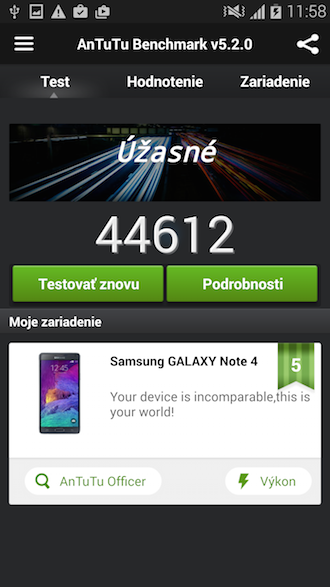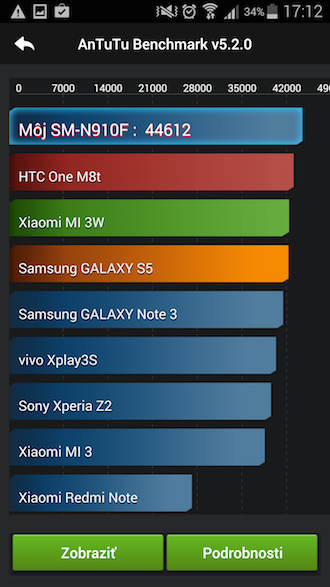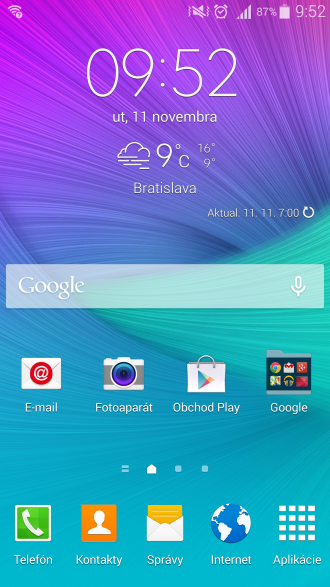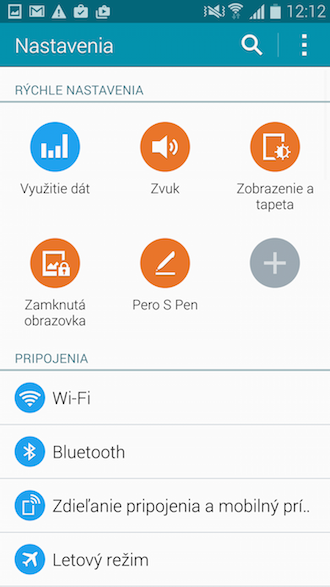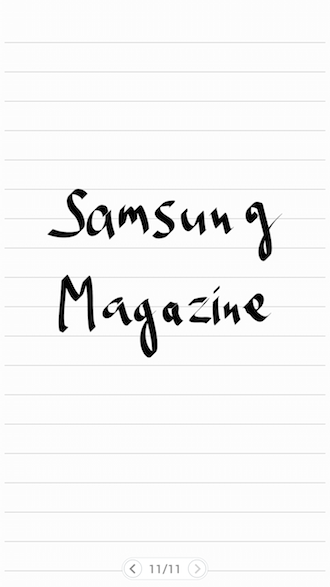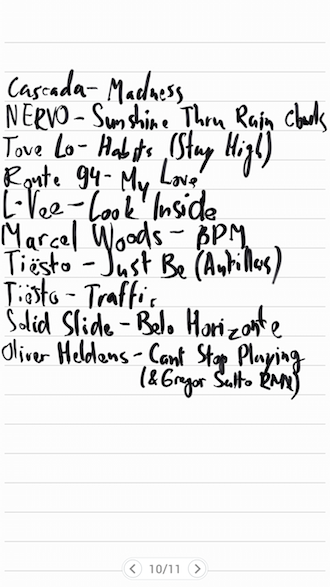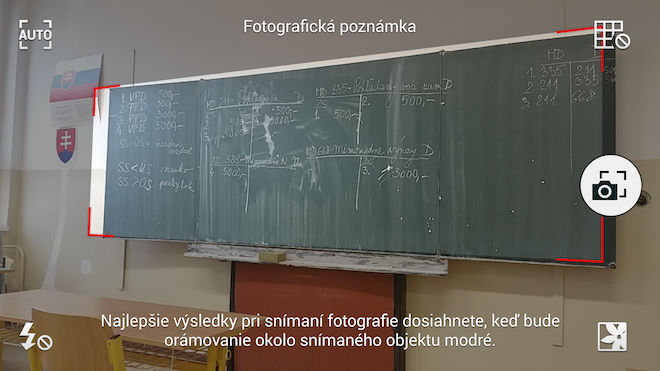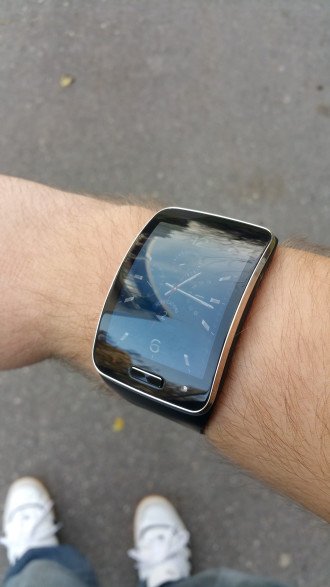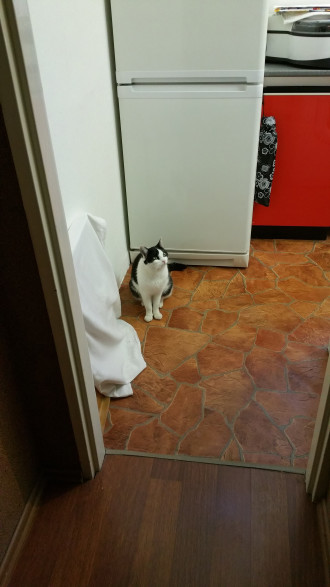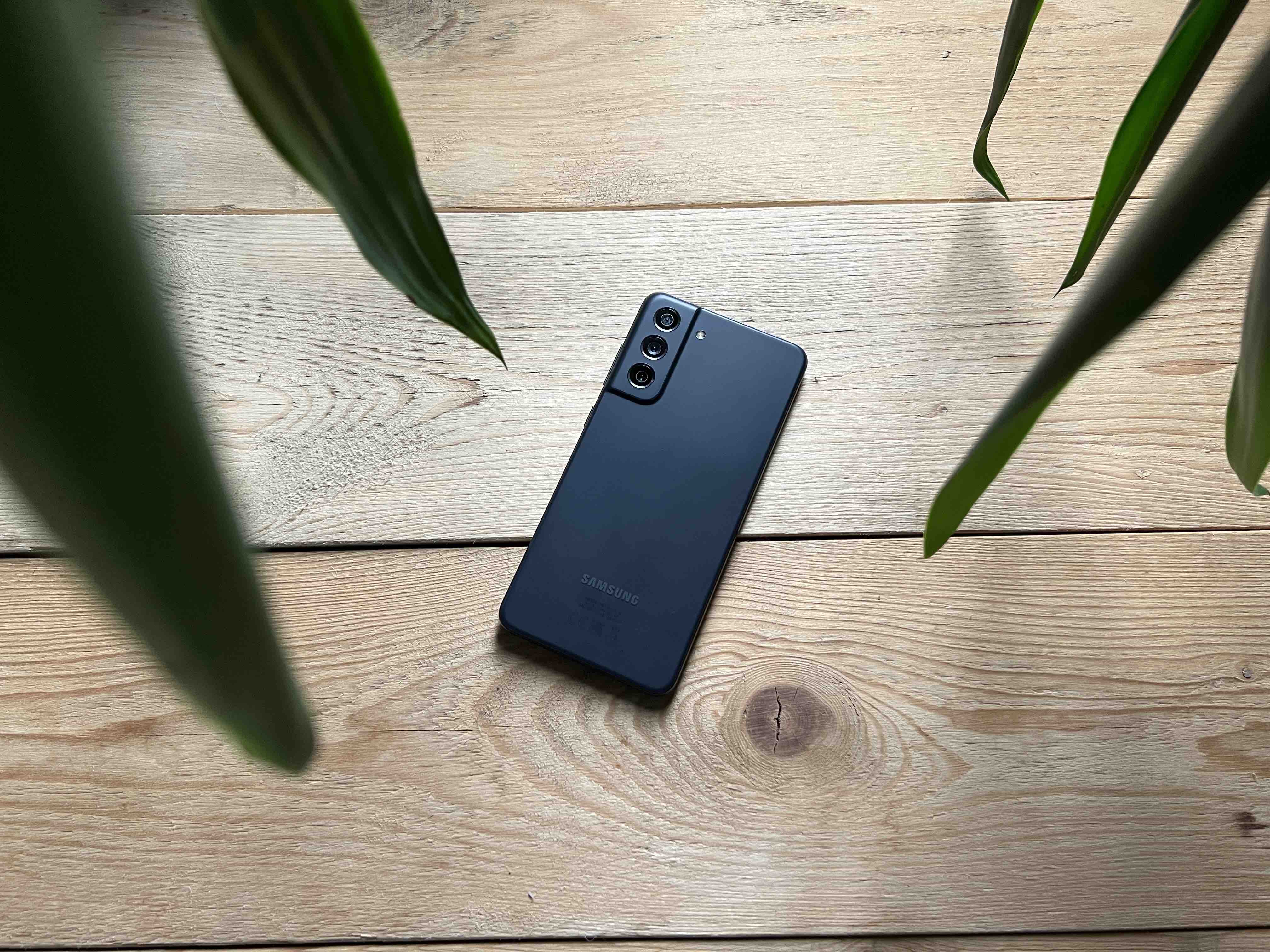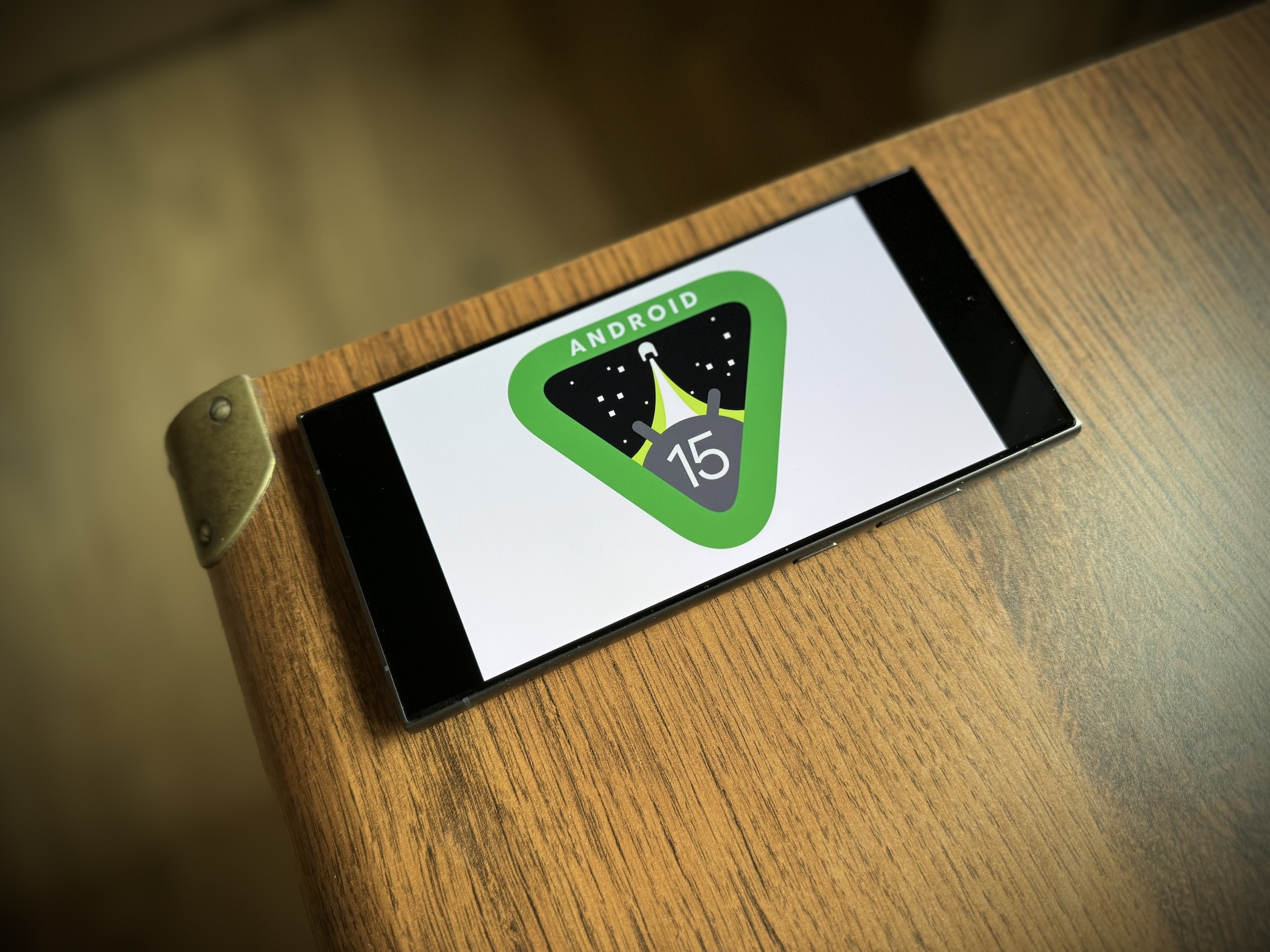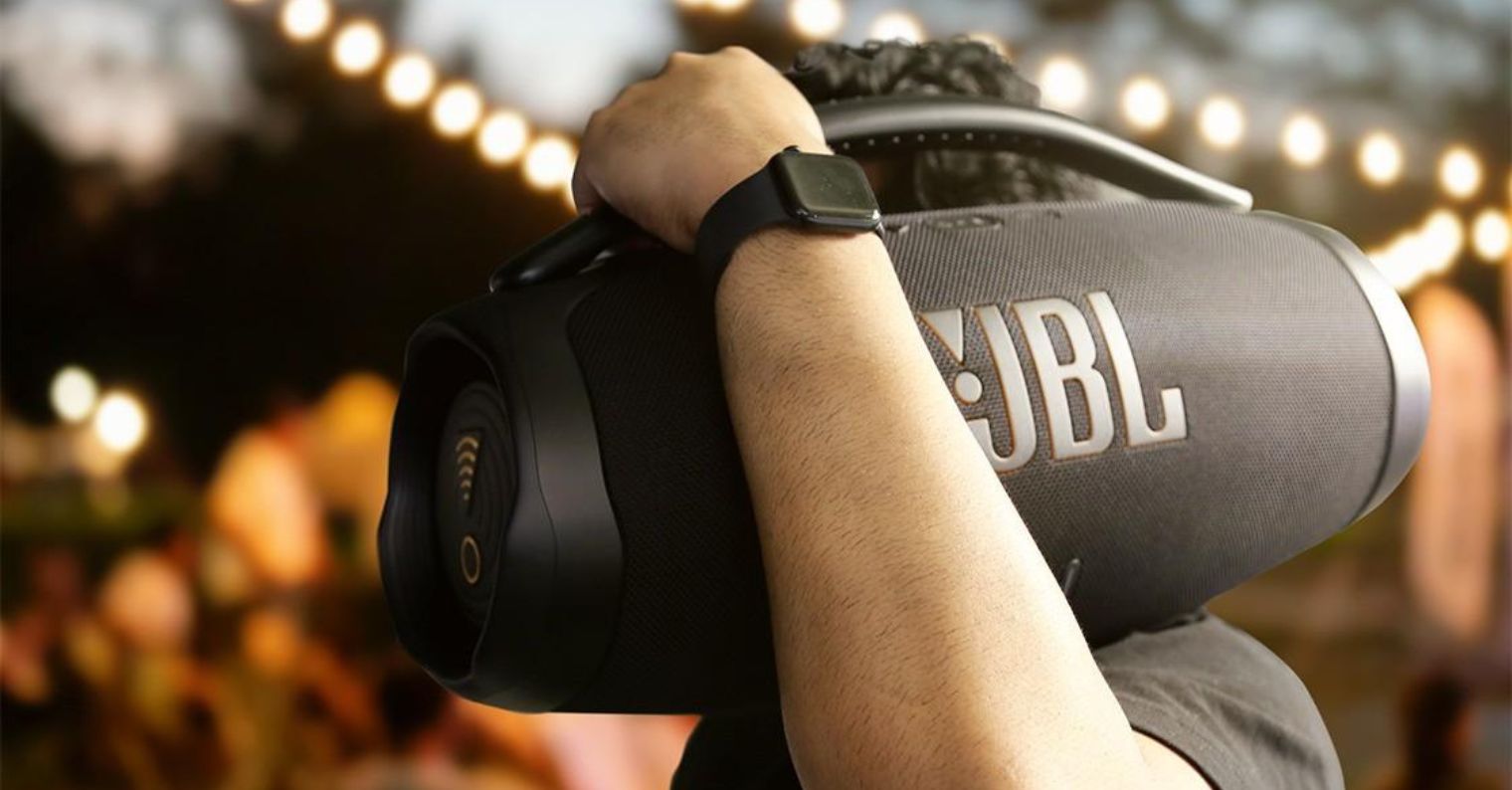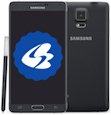 Shortly after the release of Samsung Galaxy One piece of Note 4 in Slovakia and the Czech Republic also reached our editorial office. I've been looking forward to the review of the autumn flagship from Samsung practically since the first impressions we published last month, and almost immediately after the courier rang, I put down all the equipment and immediately unpacked the box in which this phablet was hidden. I was looking forward to it especially because I had a series Galaxy Note always a kind of admiration, especially because of the S Pen, which makes it a specific device and many refer to this phone as "iPhone Androidat". And maybe the S Pen is the reason why I started writing the entire review in the S Note using a pen. So sit back, put down your existing phone and keep reading.
Shortly after the release of Samsung Galaxy One piece of Note 4 in Slovakia and the Czech Republic also reached our editorial office. I've been looking forward to the review of the autumn flagship from Samsung practically since the first impressions we published last month, and almost immediately after the courier rang, I put down all the equipment and immediately unpacked the box in which this phablet was hidden. I was looking forward to it especially because I had a series Galaxy Note always a kind of admiration, especially because of the S Pen, which makes it a specific device and many refer to this phone as "iPhone Androidat". And maybe the S Pen is the reason why I started writing the entire review in the S Note using a pen. So sit back, put down your existing phone and keep reading.
Design
When I look at the phone, the first possible title for the review comes to mind: "Aluminum presented by Samsung". Why exactly like this? It is related to the first point of the review, which is the design. The latest design Galaxy The Note follows the design of its predecessor, but there are some significant differences that make it Galaxy Note 4 different and looks more modern. Probably the most significant change was the side frame, which is no longer plastic but aluminum. However, Samsung camouflaged it and you won't find pure aluminum on the side of the phone. It's covered in a color that matches the rest of the body, so when you have a white Note 4, you'll find that pure white color that makes you think it's plastic. However, this is not true, and after holding the phone in your hand, you will feel the coldness and the difference in the strength of the material. But why did Samsung cover the frame with color? There are now four small plastic bodies on the frame that serve with the antenna, and Samsung apparently did not want these bodies to be as visible as the competition. There are three buttons on the sides of the phone, the Power Button and the volume buttons, all of which are aluminum. Overall, the side bezel has a very clean feel and I feel good about it. The frame is thicker at the corners and this can have a positive effect on damage when the phone falls to the ground.
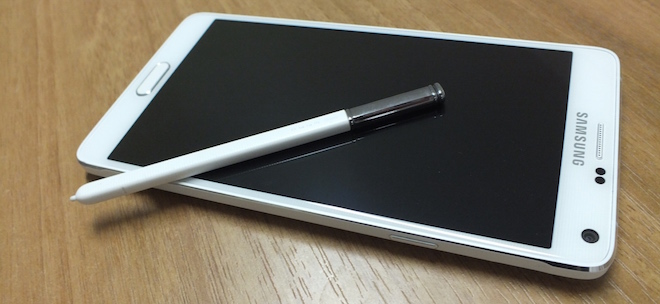
Speaking of damage, the phone's front glass has two key features that can also reduce the risk of damage. First of all, the glass is again embedded in the body and is positioned a little lower than the aluminum frame of the phone. Then the glass is narrowed at the corners, where it is thinned similar to the Google Nexus 4 or the iPhone 6. The front of the phone is not clean and Samsung has customized it again. This time, there are stripes around the display, which create a unique impression and make sure that the front of the phone is "Samsungá". But these lines are just an ordinary aesthetic accessory and it depends on the user whether he notices them or not. Of course, this also depends on the lighting and the color of the phone.
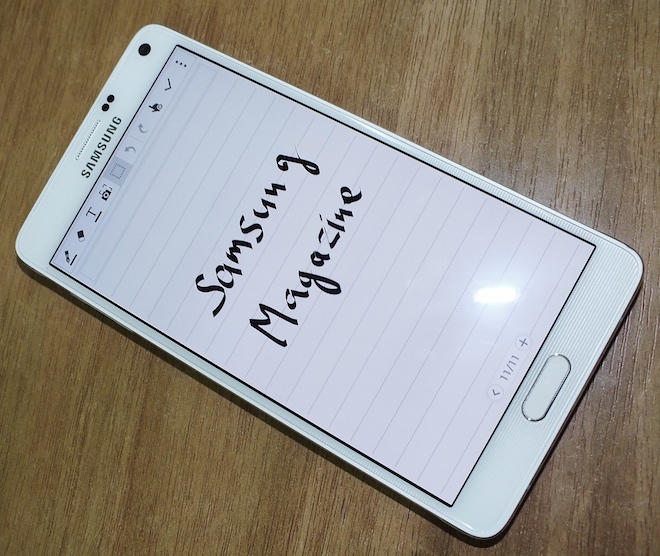
Display
On the front of the phone there is a 5.7-inch display, which although offers the same diagonal as Galaxy The Note 3, however, offers almost twice the resolution, and the Note 4 becomes the first (globally sold) phone from Samsung to have a resolution of 2560 x 1440 pixels. This resolution. The pixel density has risen to 515 ppi, which is already far beyond the limit that the human eye can distinguish. So there was a noticeable increase compared to the previous 386 ppi, and this difference was mainly reflected in the color quality, where, as we even learned, the Note 4 is the best on the market. As I'm not an expert on displays, I can't judge if this is the case, but it's true that the colors on the phone look very realistic, and this is especially evident in the photos, which look exactly like they do in real life.
Hardware
Inside the phone is high-end hardware, but its performance also depends on the version of the phone. We had available the standard European version SM-N910F, which has a Snapdragon 805 processor, which has four cores with a frequency of up to 2,65 GHz. Unfortunately, the processor is still 32-bit, and even if the second version of the phone hides a 64-bit chip, it's possible that neither version of the Note 4 will have 64-bit support on Androide L. In addition to the quad-core processor, there is almost 3 GB of RAM and an Adreno 420 graphics chip with a frequency of 600 MHz. A very big surprise is also the presence of 32 GB of storage, of which the user has approximately 25 GB available. In reality, however, this means that the system together with the TouchWiz superstructure takes up approximately 5GB of space. However, there is quite enough space for the average user and it is clear that they will fill it up over the course of months, but definitely not during the first few weeks. However, if that should also happen by chance, then it is not a problem to expand the memory with a memory card, Galaxy The Note 4 supports microSD with a maximum capacity of up to 128 GB. And you will fill it in a few years.
Speaking of hardware, we can immediately look at the benchmark. Samsung Galaxy We tested the Note 4 again using AnTuTu Benchmark and, based on the test, we achieved a respectable result of 44 points, which is noticeably more compared to Galaxy The S5, which scored 35 points in our tests. It performs surprisingly better than competing devices and, of course, in comparison Galaxy The Note 3, which was catching up with the S5.
TouchWiz
The high performance will naturally be reflected in the games and together with the powerful graphics we can expect that the games like the newly announced Need for Speed: No Limits will look really great here. But will it also affect the smoothness of the TouchWiz interface? The new TouchWiz has undergone a significant change from previous versions and now looks much cleaner than ever before. Preparing for Android L and therefore widgets no longer contain redundant visual effects. The weather as we have known it until now has been replaced by a drastically simplified version consisting only of symbols and numbers on a transparent background. Home screen Galaxy Thanks to this, the Note 4 looks much more modern, cleaner, and I expect that it will look exactly like this on Galaxy S6.
Unfortunately, I have the feeling that even though the Note is starting to catch up with NASA computers with its performance, the TouchWiz interface is not the fastest either, and when you have several system applications running (led by the S Note and the camera), you have to expect slower system responses, among other things by delaying the opening of the list of open applications. The list now looks different than on previous devices and the new z effect is used Androidwith L. The content of the applications remained the same, but the visuals were changed and while the previous versions of TouchWiz were dominated by dark, now it is white. The most interesting change has gone through the Settings application, which is cleaner and is sensibly divided into three sections with the ability to quickly access the most frequently used settings. The user can customize these according to his needs and can add and remove links.
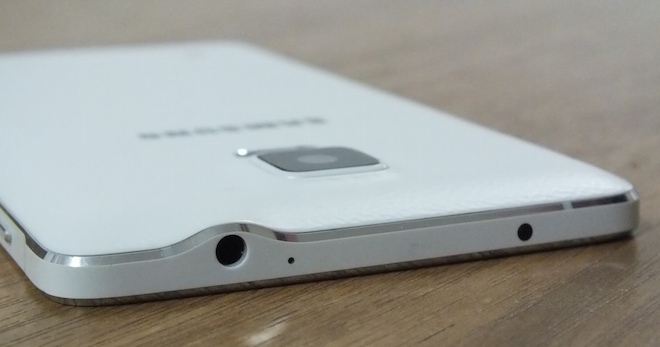
// < 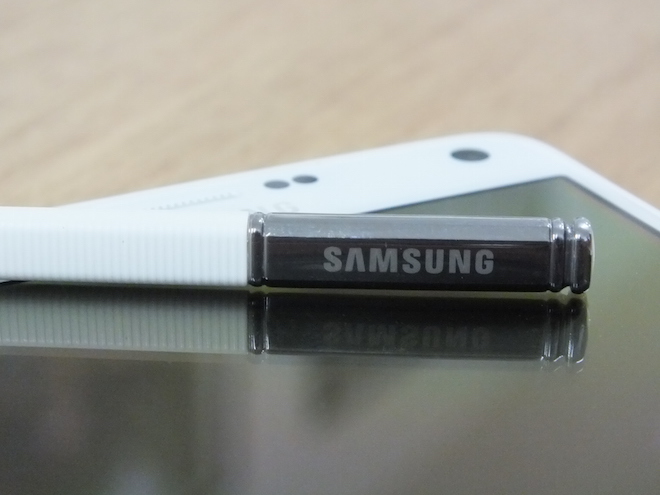
The S Pen really offers a lot in the S Note, and this also applies to the range of pens, which has been expanded to include several new ones. Personally, I really loved the calligraphy pen, it's amazing and everything you write on your phone screen with it just looks great. Well, it also depends on whether you like calligraphic writing, but if you do, then there's nothing to worry about. Trust me, it will be your most used pen in S Note! In addition to it, of course, there are also many other types of pens available that you can use for writing and that can be more easily converted into an editable "digital" form. Of course, you can set various aspects of the pens, such as color or thickness. By the way, depending on how hard you press the pen on the screen, the thickness of the text you write depends on it. You'll notice this with the many pens and pencils available in the S Note that you'll be using. The Pen can also be used for many other activities, so you can use it to create, for example, a quick note, you can use it to preview a link without having to open the page, and you can also use it to write phone numbers into the Phone application, which you dial. Galaxy The Note 4 can parse numbers without problems, and I never once had the phone fail to convert a phone number that I wrote on the screen with the S Pen.
The design of the S Pen is similar to that of the z Galaxy Note 3, but now the design of the pen has been enriched with indentations, thanks to which the stylus does not slip and you keep it permanently in the place where you grasped it in your hand. On the functions page, there is again a button to open the context menu. The phone also monitors whether the pen is inserted into the body and shortly after the screen goes off, the screen lights up again with a warning that you should put the pen back in the phone if you're not using it. And of course, when you remove the pen from your phone, the screen will unlock immediately if you don't have a password on your phone. On the phone's home screen you will then find a widget with links to exclusive features Galaxy Note 4, which includes the new possibility of taking photos of notes from the board.
This is something I have tested and works really reliably. After pointing the camera at a whiteboard, regardless of the angle, the phone will detect the whiteboard and the text on it and let you take a picture of it, adjusting the slanted image so that it's straight and you can read what's written on the whiteboard. The function detects the position of the text, so it can happen that after analyzing the image, the image is divided into, for example, three different parts, since one thing is located in the center of the board and the remaining two are located on its wings. The high quality and legibility is mainly due to the 16-megapixel camera, which is located on the back of the phone.
Camera
And that brings us to the next chapter, which is the camera. Samsung Galaxy The Note 4 has a 16-megapixel main camera with optical image stabilization and a 5-megapixel front-facing camera. So the rear camera is very similar to the one in the Galaxy S5, but the only difference is the optical image stabilization, which ensures a better image. Overall, however, the camera quality is comparable to Galaxy The S5 and those who want to buy a phone primarily for photography should look at the Galaxy K zoom - you won't regret it. But what is the difference? Galaxy The S5 did change, however, it is possible to record video in 1440p (WQHD) resolution, alongside traditional HD, Full HD and 4K UHD resolutions. The front camera has an advantage in shooting wide-angle photos and also brings an interesting novelty. When taking pictures with the help of the front camera, the blood pulse sensor is silently activated, so when you want to take a "selfie", just put your finger to the sensor and the photo will be taken.
1080p 60fps
Drums
Finally, we have one last important factor of the phone and that is the battery. Compared to the previous model, there was a slight increase in capacity, and the battery capacity has thus stabilized at 3 mAh. However, how did this affect the endurance, especially when we have a significantly more powerful device with a higher resolution? No. Samsung engineers have come up with a way to increase the resolution of the AMOLED display without affecting battery life. And it seems that Samsung has really succeeded. The phone will last for 220 days with normal use, so you really don't have to worry about your phone running out of power during the day. Of course, it also depends on the way of use, but personally, I had no problem achieving the mentioned endurance during regular use of the S Note, active Facebook Messenger, occasional photography and surfing the Internet.
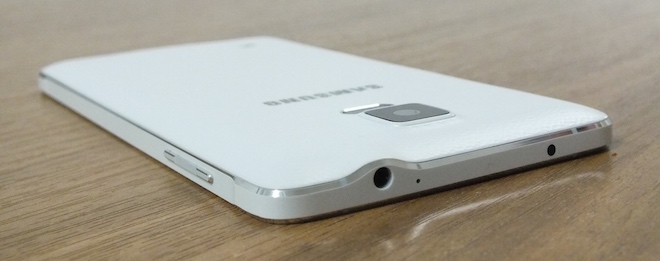
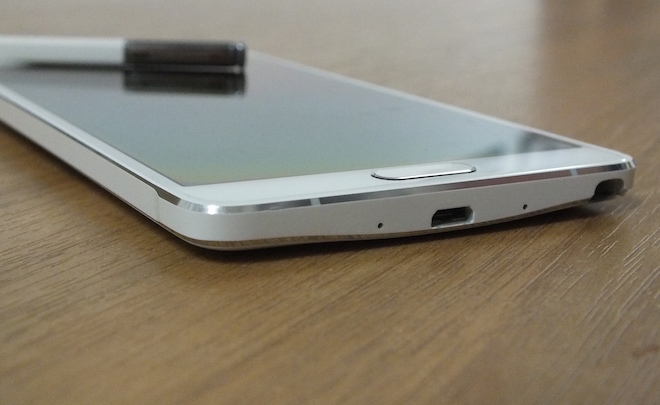
// < 